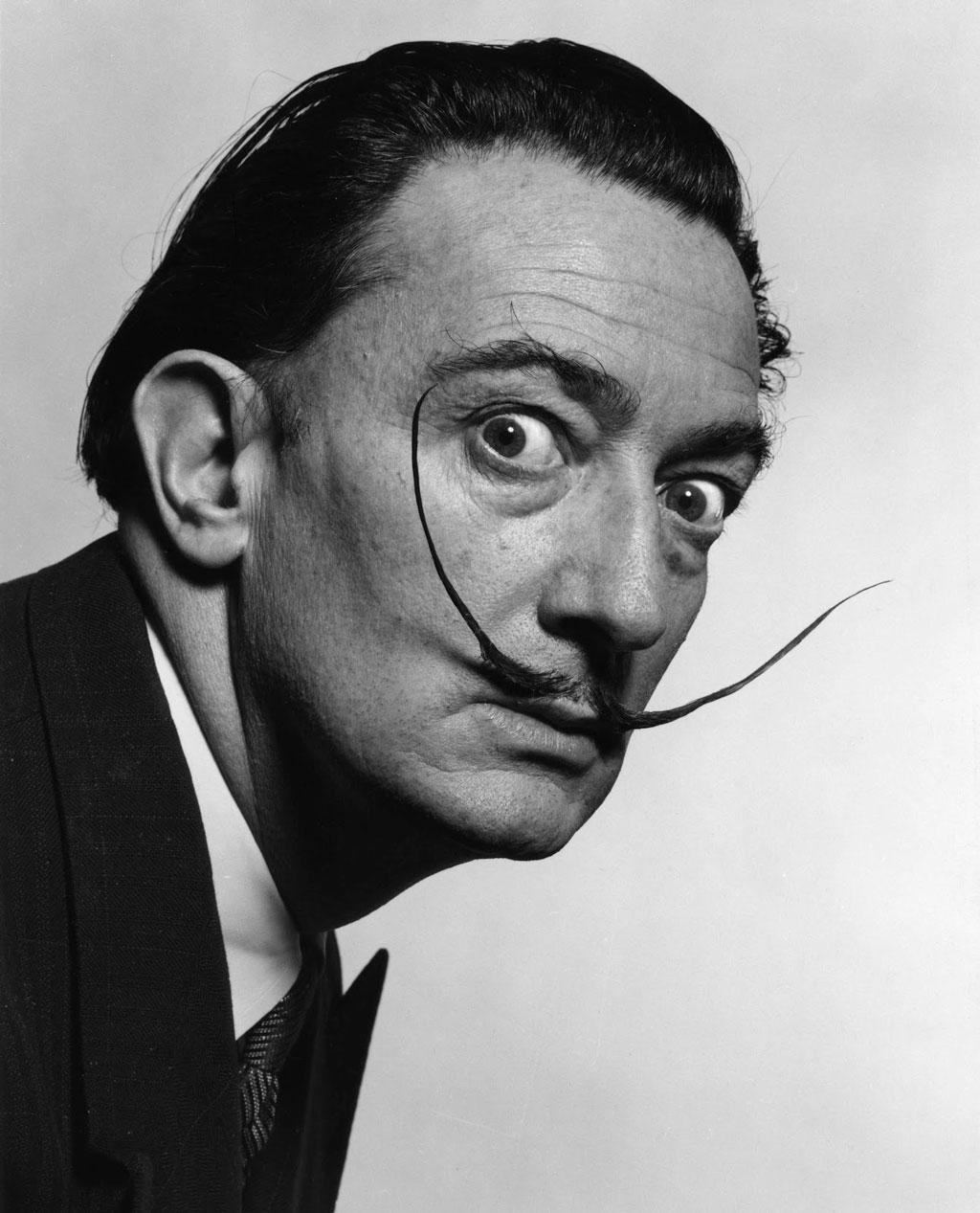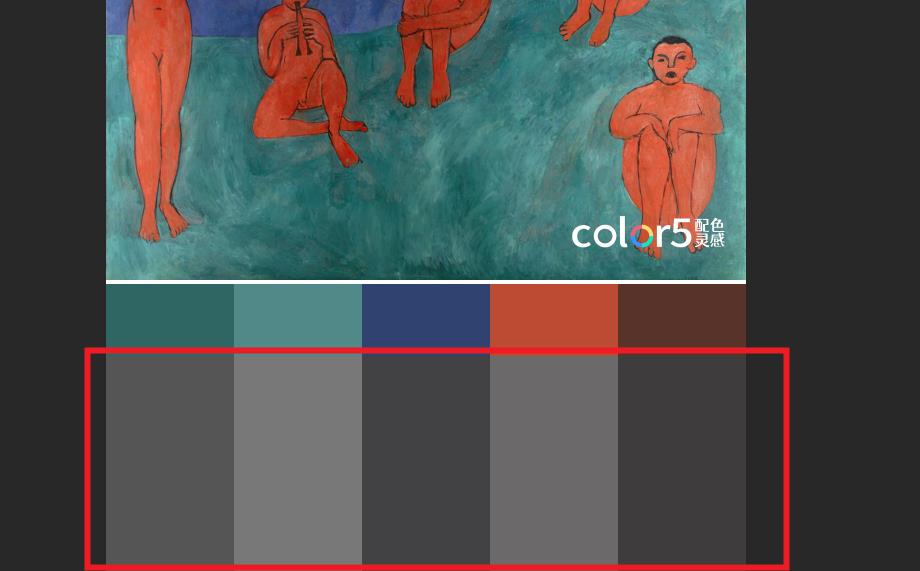Introduction to the main periods of the artistic career of Spanish painter Salvador Dali

The artistic career of the Spanish painter Salvador Dali (commonly known as Dali) can be roughly divided into several important periods:
Early Years (1920s to 1929)Dali studied art mainly in Madrid and Barcelona during this period, experimenting with different styles and techniques. His work was mainly influenced by Academicism, Impressionism, and Cubism.
2. Transitional Period(1927年-1928年)It was a period of significant change in his artistic style and themes.
3、Surrealism PeriodThe Surrealist period (1929-1937)Dali was closely associated with the Surrealist movement during this period, creating many works with dream and hallucinatory elements. His paintings often exhibit a bizarre, disturbing aesthetic that challenges the viewer's traditional perception of reality and fantasy.
Transitional Period (1937-1940):这个时期发生在他的超现实主义时期和经典时期之间,大约是在1937年至1940年之间。在这个过渡时期,达利的艺术风格和主题开始发生变化,从超现实主义的奇异和梦幻转向了更为传统和学院派的风格。他开始探索宗教和神话主题,并在作品中融入更多的自传性和情感色彩。
5、Classic PeriodClassic Period (1940-1948): This period is Dali's "classic" period, and his work shows a focus on science and religion. The style of work in this period is more traditional and academic, with attention to detail and technique.
6. Later stages (1948 to 1989)In the later stages, Dali continued to explore different art styles and mediums, including photography, sculpture, and printmaking. His work still retained elements of fantasy and surreality, but also began to incorporate more autobiographical and emotional colors.
It is important to note that the above period division is not absolute, as Dali's creative style and themes have been constantly evolving and changing throughout his career. His work is diverse and innovative, and is loved by art lovers and collectors.
en配色网 » Introduction to the main periods of the artistic career of Spanish painter Salvador Dali







发表评论